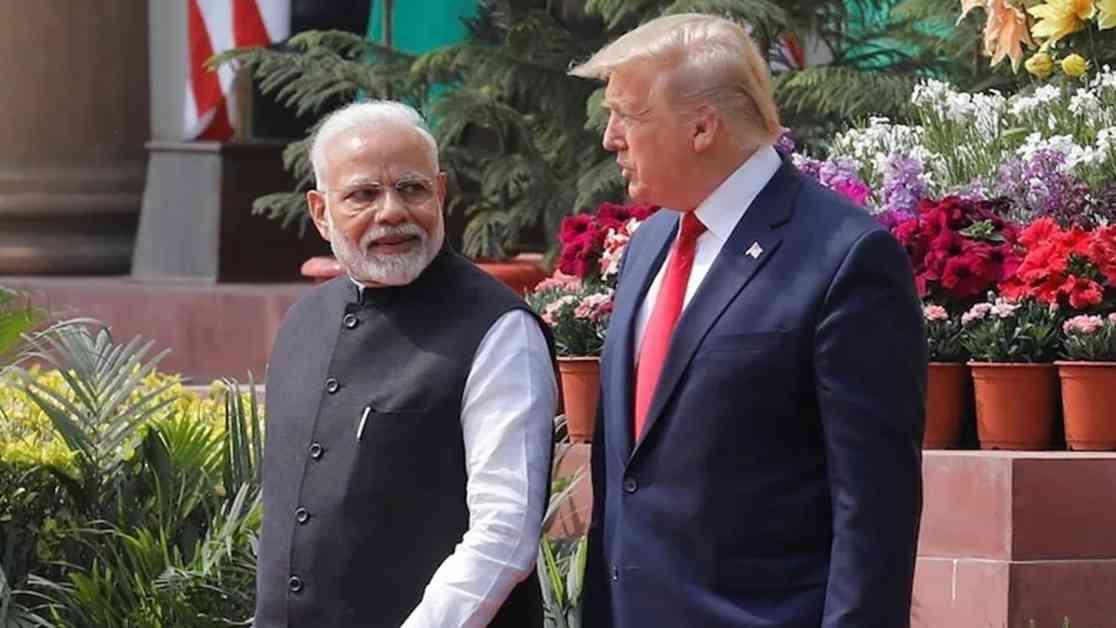US President Donald Trump is stirring up the trade waters once again, teasing the introduction of new “reciprocal tariffs” in his latest move to combat countries imposing duties on American imports. This announcement comes just before a crucial meeting with Indian Prime Minister Narendra Modi, setting the stage for potentially heated discussions on trade policies.
In a characteristically bold statement, Trump took to Truth Social to rile up his followers, proclaiming, “THREE GREAT WEEKS, PERHAPS THE BEST EVER, BUT TODAY IS THE BIG ONE: RECIPROCAL TARIFFS!!! MAKE AMERICA GREAT AGAIN!!!” The President plans to provide further details on these tariffs during a press conference at the White House at 1:00 p.m. local time, coinciding with 11:30 p.m. IST.
Prime Minister Modi’s Visit and the Bilateral Relationship
Prime Minister Modi’s visit to the US, starting on February 13, marks his first bilateral trip since Trump’s re-election. Throughout their previous collaboration from 2017 to 2021, both leaders have emphasized the importance of strengthening ties in various sectors, including trade, technology, and defense.
A senior White House official underscored the significance of the US-India partnership within the broader Indo-Pacific strategy, emphasizing its critical role in national security and economic considerations. The official highlighted the bilateral relationship as one of the pivotal partnerships of the 21st century, with Trump committed to bolstering these ties moving forward.
Trump’s Stance on Trade Policies and India
Trump’s stance on global trade has been consistent in its assertion that the US has been treated unfairly, advocating for reciprocal tariffs as a means of balancing the scales. His approach to India, in particular, has been notably stringent, with previous criticisms labeling the country as a “very big abuser” in trade practices.
Kevin Hassett, one of Trump’s economic advisers, further exacerbated tensions by characterizing India’s tariffs as “enormously high,” adding to the President’s narrative of countries that “mean us harm,” which includes India alongside Brazil and China. Despite recent efforts by India to reduce tariffs on American products, such as motorcycles, cars, and smartphone components, Trump’s tariffs on steel and aluminum—set at 25%—continue to apply to Indian imports.
As Trump gears up to unveil his latest trade policy shift, all eyes are on the White House briefing where the details of these reciprocal tariffs will be revealed. This move is expected to have significant implications not only for US-India relations but also for the broader landscape of international trade dynamics.
The President’s decision to introduce reciprocal tariffs underscores his commitment to reshaping the global trade landscape, as he continues to advocate for a more equitable approach to international commerce. The upcoming meeting with Prime Minister Modi will likely serve as a platform for further discussions on trade policies, as both leaders navigate the complexities of balancing national interests with international economic relationships. Stay tuned for more updates on this developing story.





















